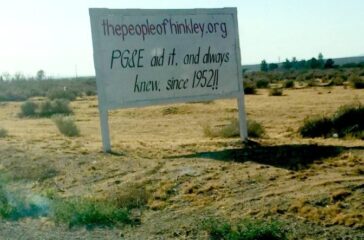Postcard from California: Why the ‘Erin Brockovich’ Chemical Is Still Unregulated
By Bill Walker
In 2001, California lawmakers passed a law requiring the state to set a legal limit for a cancer-causing chemical found in the tap water of more than 9 in 10 Californians called chromium-6. The legislation was spurred by the film “Erin Brockovich,” based on the true story of a small town’s David-and-Goliath battle against the state’s largest utility over contamination of its water supply.
 EWG
EWG